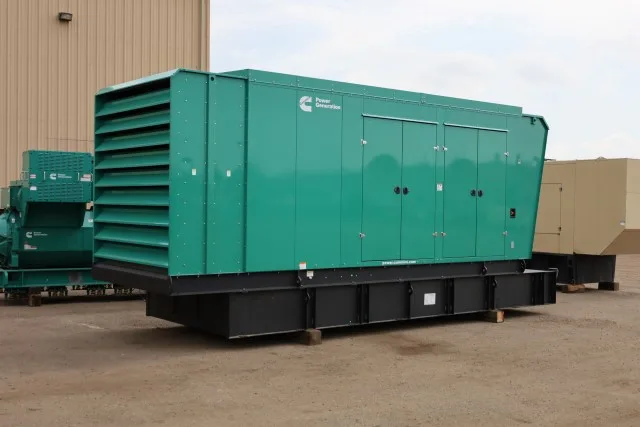From junior colleges to sprawling university complexes, college campuses rely heavily on backup power systems to maintain safety, support operations, and prevent disruptions during power outages. Here’s how these institutions ensure their critical functions stay online.
Types of College Campuses
College campuses vary in size and complexity, each with unique backup power needs:

- Junior Colleges:
- Typically have fewer than 25 buildings.
- Focus on associate-level studies with smaller power demands.
- Community Colleges:
- Mid-sized campuses, often featuring dormitories, sports arenas, and auxiliary facilities.
- Large College Complexes:
- Massive campuses spanning hundreds or even thousands of acres.
- Example: Stanford University covers 8,180 acres with 700 buildings, a research park, and a shopping center.
- Specialized Institutions:
- Universities with medical research centers, lecture halls, laboratories, and stadiums, such as the University of Washington, require extensive backup power systems.
Power Requirements on Campuses
Safety and Continuity
- Student and staff safety during outages is paramount.
- Critical facilities, like hospitals and research labs, demand constant power to avoid downtime and financial losses.
Challenges in Aging Infrastructure
- Older buildings may rely on outdated battery bank backup systems, which have largely been replaced by generators due to maintenance costs, limited power duration, and inefficiency.
Mobile Power Needs
- Campuses hosting events at off-grid locations require portable generators to ensure seamless operations.
The Role of Backup Power Systems
Modern backup power systems integrate:
- Generators:
- Diesel or natural gas-powered, they form the core of the system.
- Automatic Transfer Switches (ATS):
- Detect power outages, start the generator, and switch loads seamlessly.
- Uninterruptible Power Supplies (UPS):
- Provide immediate power during outages until the generator starts.
How Backup Systems Work
A typical sequence during an outage:

- Utility power is lost.
- UPS immediately supplies power to prevent interruptions.
- ATS starts the generator and transfers the load to it.
- When utility power is restored, ATS switches back and signals the generator to shut down gradually.
- UPS resumes charging mode, preparing for future outages.
Choosing the Right Generator
Generator size depends on campus needs:
- 20 kW: Small buildings.
- 100-500 kW: Mid-sized facilities.
- 1000+ kW: Large campuses or critical facilities.
- Multiple units often provide redundancy for large or complex systems.
Benefits of Used Generators for Colleges
Pre-owned generators offer reliable performance at a fraction of the cost. Key advantages include:
- Up to 70% cost savings compared to new units.
- Faster availability for urgent needs.
- Proven reliability with proper maintenance.
Testing and Maintenance
Regular testing ensures reliability during actual outages:
- Weekly no-load tests to verify functionality.
- Monthly load bank tests to simulate power demand.
- Annual full-load tests for comprehensive system checks.
Generator Source: Supporting Educational Institutions
Generator Source offers a wide range of backup power solutions tailored to college campuses, from small buildings to vast complexes. With options ranging from 20 kW to 4000 kW, we’ve partnered with schools across the U.S., Canada, and beyond to deliver high-quality equipment and expert service.
To explore our inventory of pre-owned generators or inquire about new units and rental services, visit our website or contact us today.